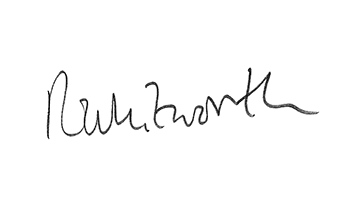Analytical science has a unique vantage point of our world. From the oceans deep to the final frontier – and everything in between – we endeavor to make measurements that help unlock mysteries and provide enlightening information. Put another way, analytical scientists (as a collective) “see” a lot. But what if there is a disconnect between what analytical scientists see and what people want to hear? Accurate measurements inform and drive science. Science should drive decisions. And then continued (hopefully) accurate measurements (built on “the science”) should help steer humanity down a sensible path. Unfortunately, sometimes those in power need a different outcome and rewrite or simply ignore “the science”. I have long been interested in the analytical chain of custody, not just in terms of sample collection and laboratory workflows (clearly important) but – more importantly for me – what happens after the measurement has been made and documented. Where does it go, who acts upon it and what happens next? Does anything happen next?
In some cases, those who make the measurements are sadly too far removed from any decisions that result. Taking an extreme example, oceanographers like Rob Munier are busily investigating ocean acidification (and its direct effects) around the globe – but the Kyoto Protocol will give you a clue as to how world leaders will react to “the other carbon dioxide problem”... A striking example of measurements and decisions parting ways was found in Dick Pound’s first World Anti-Doping Agency independent commission late in 2015, which resulted in Russia accepting a full and indefinite ban from world athletics for “state-sponsored doping”. Pound said, “We’ve found cover ups, we’ve found destruction of samples in the laboratories. We have found payments of money in order to conceal doping tests.”
Even more recently, it emerged that a letter from the International Association of Athletics Federations to Valentin Balakhnichev (then president of the All-Russia Athletic Federation) back in 2009 stated that blood levels of athletes were “putting their health and even their own lives in very serious danger” (1). How many analytical scientists were complicit? Analytical scientists – with their unique vantage point – should always be the first to shout out when decisions appear to bear no resemblance to the measurement (or “the science”). If you need courage, check out Janine Arvizu’s new-found Netflix fame here. Whistleblowers unite!
Rich Whitworth
Editor

References
- http://www.bbc.co.uk/sport/athletics/35298526




